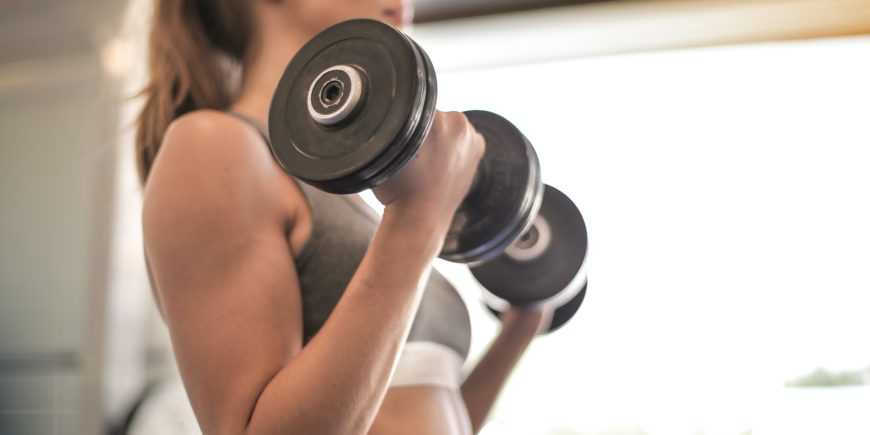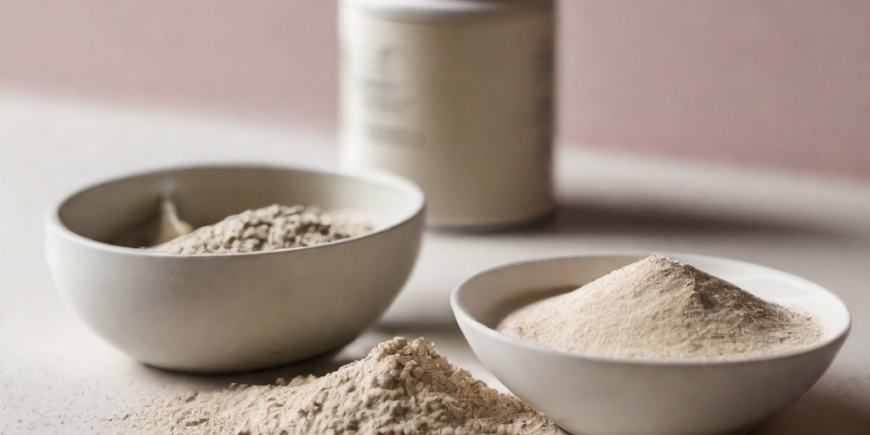In addition to its physical benefits, fitness has a profound impact on mental health. Engaging in regular exercise has been shown to improve mood, reduce stress, alleviate symptoms of anxiety and depression, boost self-esteem, and enhance overall well-being. In this post, we will explore how fitness improves mental health, discuss recommended exercises, duration, and when changes can be observed. Read more
Fitness for Mental Health: The Mind-Body Connection








